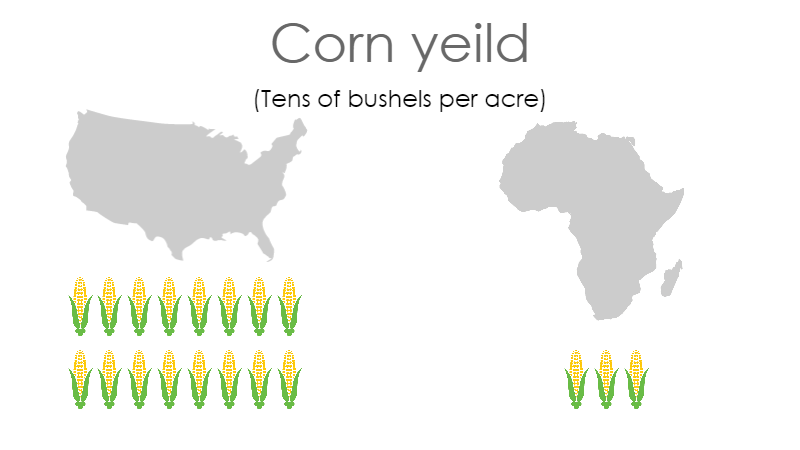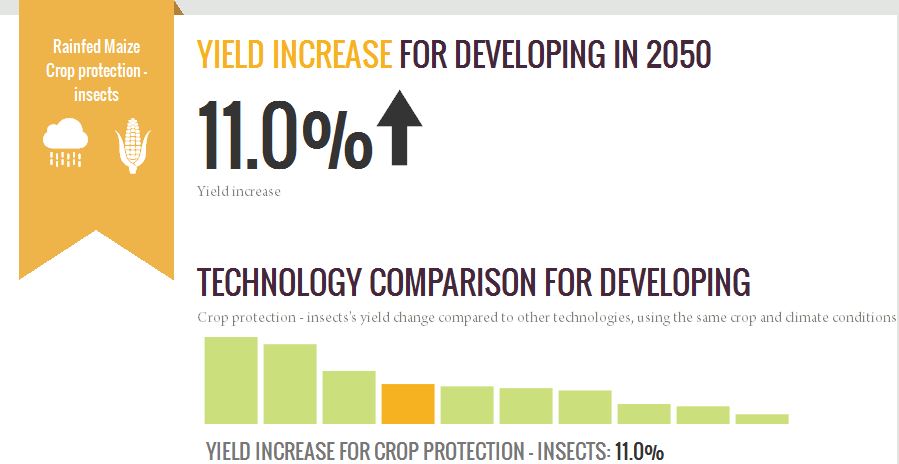I was a judge at Thought for Food

The Thought For Food (TFF)Challenge is focused on a critical global and humanitarian issue—feeding our growing planet. Our worldwide population of 7 billion is projected to grow to 9.6 billion people by 2050. We will have to produce more food in the next 50 years than all the history of humanity combined—not just because there are more total mouths to feed, but because people moving into the middle class are clamoring for more protein and better diets. Current forecasts of productivity increases show that we will miss our mark.
The future of humanity is literally at stake. This is superhero territory
The TFF summit brought together some of the brightest young minds committed to solving the global problem of feeding 9.6 billion people by 2050. They asked me and five other people involved in business, science, economics, and technology to judge the finalists and pick winners from amongst the best of the best.
We heard 10 inspiring and impeccably polished pitches by the participating teams about how their innovation will help feed the world by 2050. Each group was energetic, sharp, and clearly communicated what their innovation was, how it fit into larger infrastructure, and how it would make a real difference in the lives of people all over the world.
We judges were a diverse group with different backgrounds and expertise, but I thought Sara Farley of GKI and Gavin Armstrong of Lucky Iron Fish were the clear MVPs of the judging panel. Sara knows developing countries, knows how they work, knows problems and opportunities, and asked really insightful questions of each team. Gavin, with a strong business background and experience growing a company in challenging marketplaces asked questions that got to the foundation of the teams’ business.

Up on stage with judge Sara Farley at the Thought for Food summit, sharing my thoughts on the teams - such incredible energy! Photo credit: Miguel Quesada, Thought for Food
The insights that Sarah and Gavin brought was instrumental for the panel in picking the best team for the win- not that it was easy. We ended up delaying the whole conference because it was so challenging for us to pick the first and second place amongst the 10 teams.
In the end, we picked two second places, and wished we could have picked more. The runners-up were FoPo , a company that takes food before the point of spoilage and freeze dries it, thereby conserving it’s nutritional value and essentially giving it a limitless shelflife, and Aahaar- a middleman-eliminating solution for farmers and markets to deliver refrigerated food faster to where it’s needed.

Here they are, the Grand Prize winner, Innovision, and runners up, Aahaar and FoPo. Click through to see all the teams!
The grand prize went to Innovision, an elegant and affordable food storage technology that keeps food fresh longer. Their innovation tackled food waste between the farm and the consumer making agriculture more efficient in an area of the world that is needs it most. This team of bright students from the University of Dhaka in Bangladesh absolutely has what it takes to deliver this idea first to Bangladesh, and then the rest of the world.
I talked with several of the teams afterwards, and they all had a great outlook on their path forward – these people are going to solve problems, and they won’t let one missed win get in their way. The TFF Global Summit brought together existing players in the agriculture with the brilliant young people that will change the way we feed the world.
Keep your eyes on TFF and the teams involved past and present. That’s where the superheroes are going to come from.
Why was a group making color-changing flowers invited to talk at a food secuirty conference? Click to find out!





